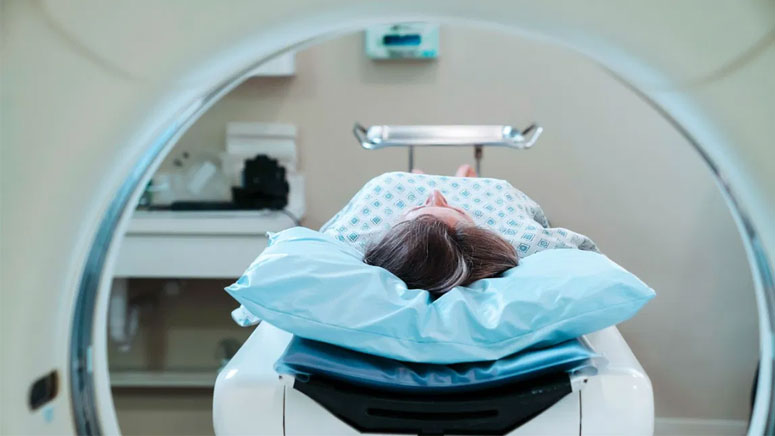Other breast cancer screening methods

Other methods of examining the breasts, which include an ultrasound and/or a magnetic resonance imaging (MRI) scan, are not frequently used to screen for breast cancer in many women at average risk. But these tests may be used for women with a very high risk of breast cancer [4], those with dense breast tissue [5], or when a lump or mass is seen during a breast examination.
Scientists don’t completely agree with the use of ultrasound screening, because it has a high false-positive rate. This means that the test often wrongly identifies potential cancers. Scientists don’t completely agree with the use of MRI also.
According to the American Cancer Society (ACS), women who experience BRCA gene mutations, who have a very strong family history of breast cancer, or who had prior radiation therapy to the chest should consider mammography and MRI each year.
Women at moderate risk of breast cancer, which includes women with precancerous changes on a biopsy, can speak with their doctor about whether MRI screening should be considered. MRI may be preferred to mammography and ultrasound at finding a small lump in a woman’s breast, particularly for women with very dense breast tissue.
However, an MRI has a higher rate of false-positive test results, that is, more biopsies, surgeries, and other tests that may lead to overdiagnosis. In addition, an MRI does not show tiny spots of calcium called calcifications that can be found on a mammogram. In most cases, Calcifications indicate non-invasive breast cancer (DCIS). However, MRI can still be used to detect DCIS.
Ultrasound or MRI may also be used for women with a strange breast finding on physical examination or mammography. If a lump or mass is found during a physical examination, then ultrasound or mammography may be needed for more testing.
Women should talk with their doctor about the method of screening recommended for them and how often screening is needed.













